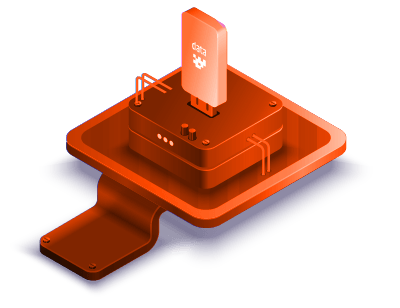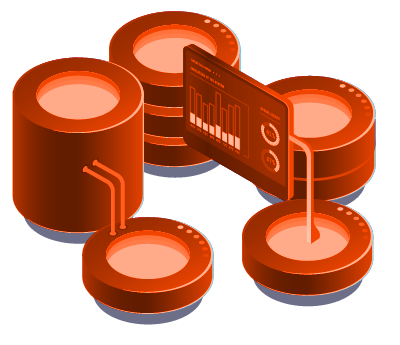Add On: Geospatial
Geospatial information
What does geospatial information include?
How can geospatial information help investigators?
Geospatial information is any data related to a geographic location that can be used to understand the physical characteristics of a place. It can be used in investigations to find evidence, analyze patterns, identify trends, and make decisions.
Provides a visual representation of an area or situation:
It makes it easier for investigators to see patterns or connections between different events and locations by looking at them from various perspectives. This allows them to quickly identify areas that need further investigation or may hold answers. For example, if an investigation involves finding out why a certain crime happened in one area but not another, GI can be used to compare the two areas and look for potential correlations.
Facilitates combining different data sources:
It allows investigators to combine multiple sources of data into one coherent picture. By combining data from multiple sources such as satellite imagery, aerial photography, demographic information, and other sources, investigators can gain a more comprehensive understanding of the situation they’re investigating. They can then use this data to make better decisions about how best to proceed with their investigations.
Allows discovery of previously unfound data:
It provides evidence that cannot be found through traditional methods. For example, by combining aerial photography with GIS software such as ArcGIS™️ or Google Earth™️ Pro, investigators are able to analyze terrain features such as contours that are impossible for them to observe on foot or by car. This kind of evidence can help support an investigation or provide leads for further inquiry into a particular case.
Types of geospatial data
Geospatial data can come in many forms, including maps, aerial photographs, satellite imagery, and digital elevation models. Each of these has its uses and benefits. Here are some of the most common types of geospatial data:
Maps:
Maps provide detailed visual representations of places or regions. They can be used to find specific locations or explore patterns in an area. Maps are incredibly useful for navigation and planning purposes.
Aerial photographs:
Aerial photographs are pictures taken from an aircraft or drone that provide a bird’s-eye view of an area. They offer valuable insight into what an area looks like from above, which can be extremely useful for planning or analysis purposes.
Satellite imagery:
Satellite imagery is similar to aerial photographs but is taken from a much higher altitude (typically hundreds or thousands of kilometers up). This type of geospatial data provides detailed views of large areas that may not be accessible by other means.
Digital Elevation Models:
Digital elevation models (DEM) are three-dimensional computer models that represent terrain features such as mountains and valleys in great detail. DEMs are often used to create 3D maps or simulations for analysis or visualization purposes.




